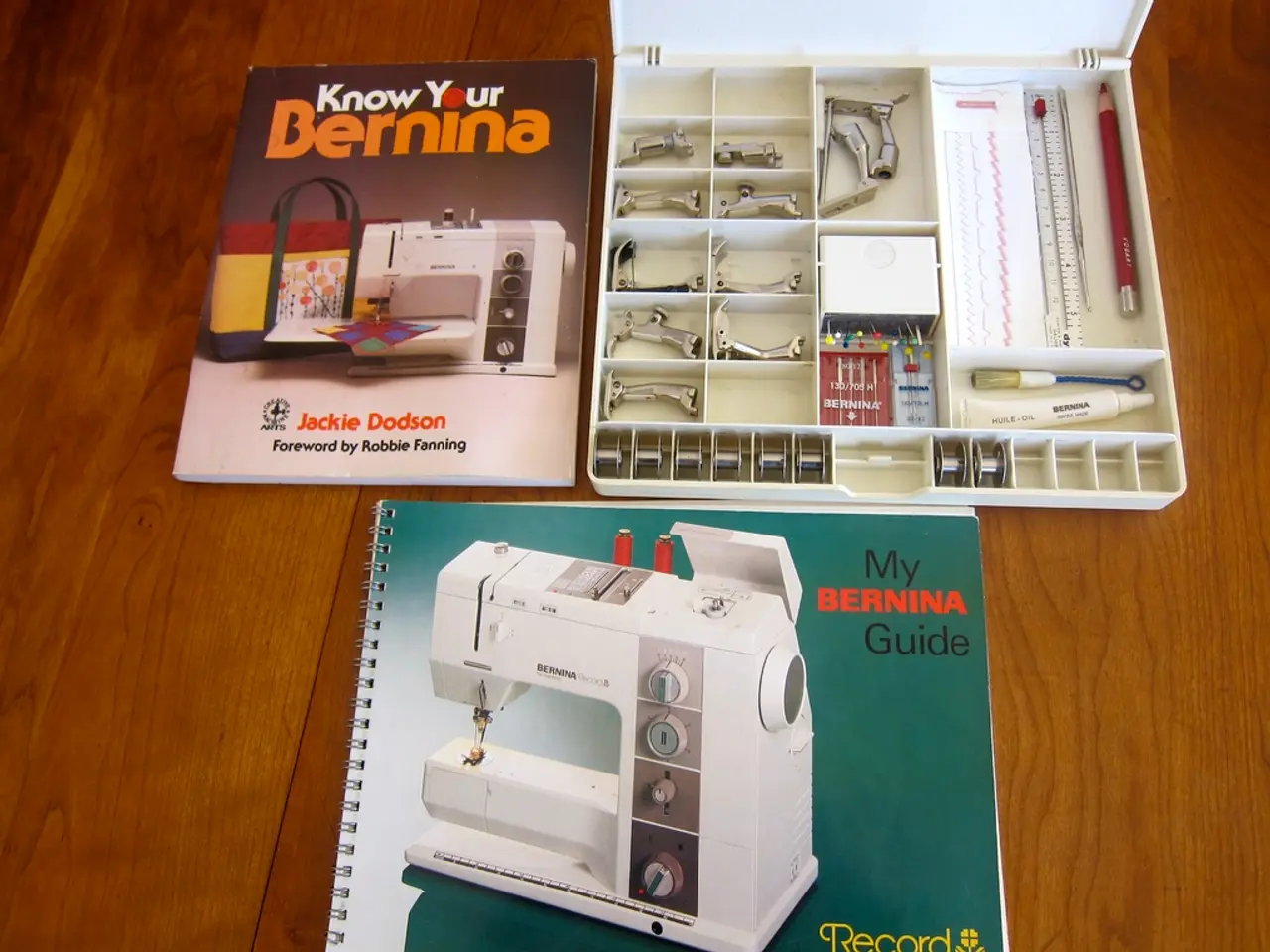Utilizing Technology for Crafting Lessons and Guiding Education
In today's digital age, technology plays a pivotal role in modern education, serving as an invaluable tool for lesson planning and instruction. This article aims to explore the effective use of technology within the context of lesson creation and student engagement, following Dr. Ruben Puentedura's SAMR model.
The SAMR model emphasizes purposeful technology use in education, guiding teachers from substituting traditional tools with digital counterparts to transforming and redefining learning experiences.
At the Substitution level, technology serves as a direct substitute for traditional methods, with no functional change. For instance, using a word processor instead of handwriting documents. This stage maintains familiar activities but with digital tools that may improve ease or access.
Moving forward to the Augmentation level, technology still substitutes but with functional improvement. Examples include using word processors with spell check or digital quizzes that provide instant feedback. This adds efficiency and supports better instructional delivery and assessment.
The Modification level allows significant redesign of tasks. For lesson creation and instruction, this might involve collaborative tools like Google Docs or interactive platforms such as Nearpod, where students can participate in real-time activities and discussions, changing how they engage and learn.
Finally, at the Redefinition level, technology enables the creation of entirely new tasks that were previously impossible. Examples include global collaborative projects or virtual simulations that deepen student engagement and provide authentic, interactive learning experiences beyond the traditional classroom boundaries.
To effectively leverage technology within this model, educators should use interactive tools to create engaging lessons that foster collaboration, participation, and critical thinking. They should also align technology use with pedagogical goals, such as differentiated instruction and formative assessment, to personalize learning and increase impact.
Moreover, educators should leverage real-time data and AI-driven feedback tools to tailor instruction and address individual student needs, enhancing engagement and achievement. Progressively moving from substitution towards modification and redefinition is key to transforming teaching and learning, rather than just digitizing traditional tasks.
By thoughtfully integrating technology following the SAMR framework, educators can create dynamic, interactive, and student-centered learning experiences that significantly enhance instruction and student engagement. However, intentional use of technology is essential to avoid getting lost in options and losing focus on instructional goals.
Using open educational resources (OER) ensures appropriate use of copyrighted materials and provides attribution to authors. Platforms like The Open Educational Resources Commons offer free and open resources across all subjects and discipline areas. Creative Commons may also be a helpful resource for lesson planning.
As we delve deeper into the world of education technology, subsequent articles will focus on engaging students in learning and assessing learning outcomes effectively. For both veteran and new teachers, it's important to mentally prepare for teaching, and tools like Google Slides and Canva offer multimedia slide options for attractive and interesting presentations.
In conclusion, technology can contribute significantly to meeting instructional goals and students meeting learning outcomes. By employing the SAMR model and thoughtfully integrating technology, educators can create engaging, interactive, and transformative learning experiences for their students.
- In the modern education landscape, technology serves as a crucial tool for lesson creation and student engagement, following the SAMR model that promotes purposeful technology use.
- At the Substitution level of the SAMR model, technology replaces traditional methods with digital counterparts, such as using a word processor instead of handwriting documents, with no functional change but improvements in ease and access.
- The Augmentation level of the SAMR model uses technology to improve upon traditional methods, like digital quizzes with instant feedback, improving efficiency and instructional delivery.
- At the Modification level, technology redesigns tasks, allowing for collaborative tools and interactive platforms like Google Docs and Nearpod, transforming student engagement and learning.
- By the Redefinition level, technology enables entirely new tasks like global collaborative projects and virtual simulations, deepening student engagement and providing authentic, interactive learning experiences.
- To maximize technology's impact on education and self-development, educators should utilize interactive tools for engaging lessons, align technology use with pedagogical goals, and leverage real-time data and AI-driven feedback tools to tailor instruction and address individual student needs.




